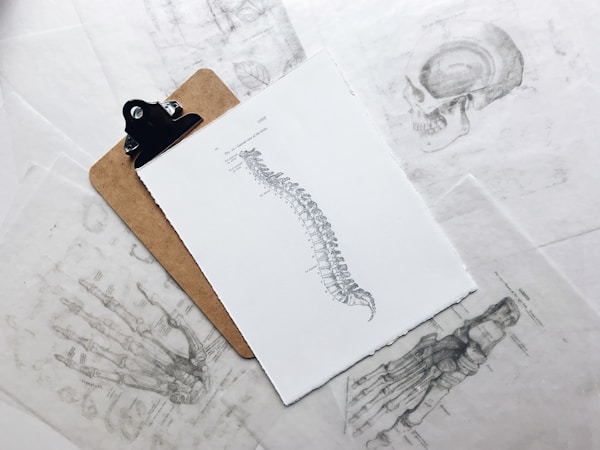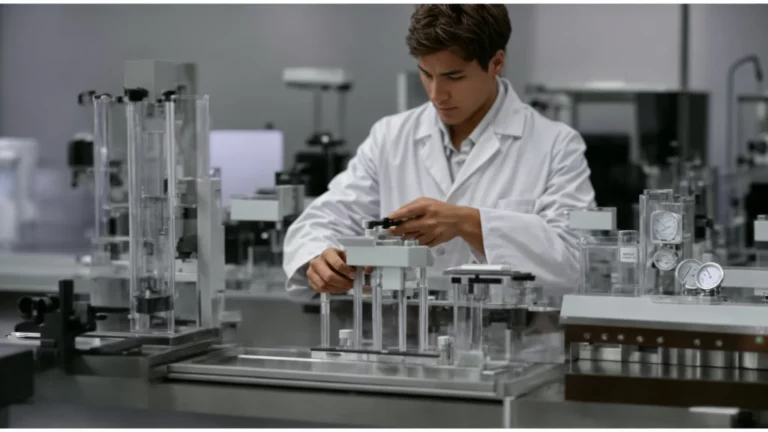Massage therapy has become an increasingly popular profession due to the growing demand for skilled therapists knowledgeable in relaxation, stress relief, and injury recovery techniques. Whether you’re considering a career switch or are entering the workforce for the first time, now is an excellent time to consider pursuing a career in massage therapy. In this article, we’ll discuss the steps to take to successfully enter this rewarding field.
Research the Different Types of Massage Therapy

Before you begin your journey in massage therapy, it’s essential to research the various types of therapies available. It will help you decide on your area of focus and allow you to tailor your education and training accordingly. Some popular forms of massage include Swedish, deep tissue, sports, hot stone, and prenatal massage.
It’s crucial to understand that each type of massage has its specific techniques, goals, and benefits for clients. For example, Swedish massage is often focused on relaxation and stress relief, while deep tissue massage targets chronic muscle issues and injuries. Researching these different therapies will enable you to make an informed decision about which types of massage align with your personal interests and career goals.
Furthermore, networking with professionals in the industry can provide invaluable insight into the day-to-day experiences of working as a massage therapist. Connecting with practitioners can give you a better understanding of the different massage styles and help you determine which ones you’re most passionate about exploring further.
Enroll in an Accredited Program
After identifying the preferred types of massage therapy, it’s time to enroll in an accredited program. These programs are generally offered by community colleges, technical schools, or dedicated massage schools. Accredited programs typically cover the necessary coursework, including anatomy, physiology, pathology, and kinesiology, as well as hands-on practice to hone your skills. Ensure that the program is accredited by national or regional accrediting bodies to guarantee you’re receiving quality education and training.
Choosing the right program involves considering factors such as location, cost, and the scheduling options offered. These programs can take anywhere from several months to two years, depending on the intensity of the curriculum and the obligation of each student.
While in school, it’s essential to take advantage of networking opportunities and seek guidance from instructors and classmates. Many schools also offer career development resources, such as resume support or connections with local businesses. Utilize these resources to help you gain a headstart on your career once you’ve completed your education.
Obtain Licensing and Certification

Then, you must obtain the necessary licensing and certification to practice massage legally in your area. The requirements for licensure vary by state, so it’s crucial to research these regulations and ensure you have completed all the prerequisites. Most states require a minimum number of hours of coursework to pass an examination.
Some massage therapists also choose to pursue additional certifications in specific types of massage, such as sports massage or prenatal massage. Acquiring specialized certifications can increase your marketability and contribute to your overall professional development.
Maintaining your license and certification is also essential, as most states require massage therapists to complete continuing education courses periodically. These courses can help you stay up to date with the latest developments and techniques in massage, ensuring you’re always providing the best possible care for your clients.
Market Yourself and Find Employment
After obtaining your license and certification, it’s time to find employment and start your career. Begin by crafting a professional resume and cover letter tailored to the massage industry, showcasing your education, certifications, and any relevant experience. It’s also crucial to develop an online presence, including a professional website and social media profiles, as these tools can expand your reach and attract potential clients. While finding clients, you may come across the clinical vs. therapeutic massage debate. So, it’s also important to learn the differences in techniques and goals between the two therapies.
Attend industry events, join professional associations, and reach out to former classmates and instructors for potential job leads. Some massage therapists choose to work in spas or fitness centers, while others may work in a clinical setting or start their own practice.
As you advance in your career, consider working with a mentor or a college prep counselor who can guide you toward further professional development opportunities, such as advanced certifications or additional networking events. Continual growth and improvement can help you stay at the forefront of the industry and provide the highest-quality care to clients.
Altogether, starting a career in massage therapy requires thorough research, proper education, and an active commitment to networking and professional development. By following the steps discussed in this article, you can successfully embark on a rewarding career in massage therapy.











